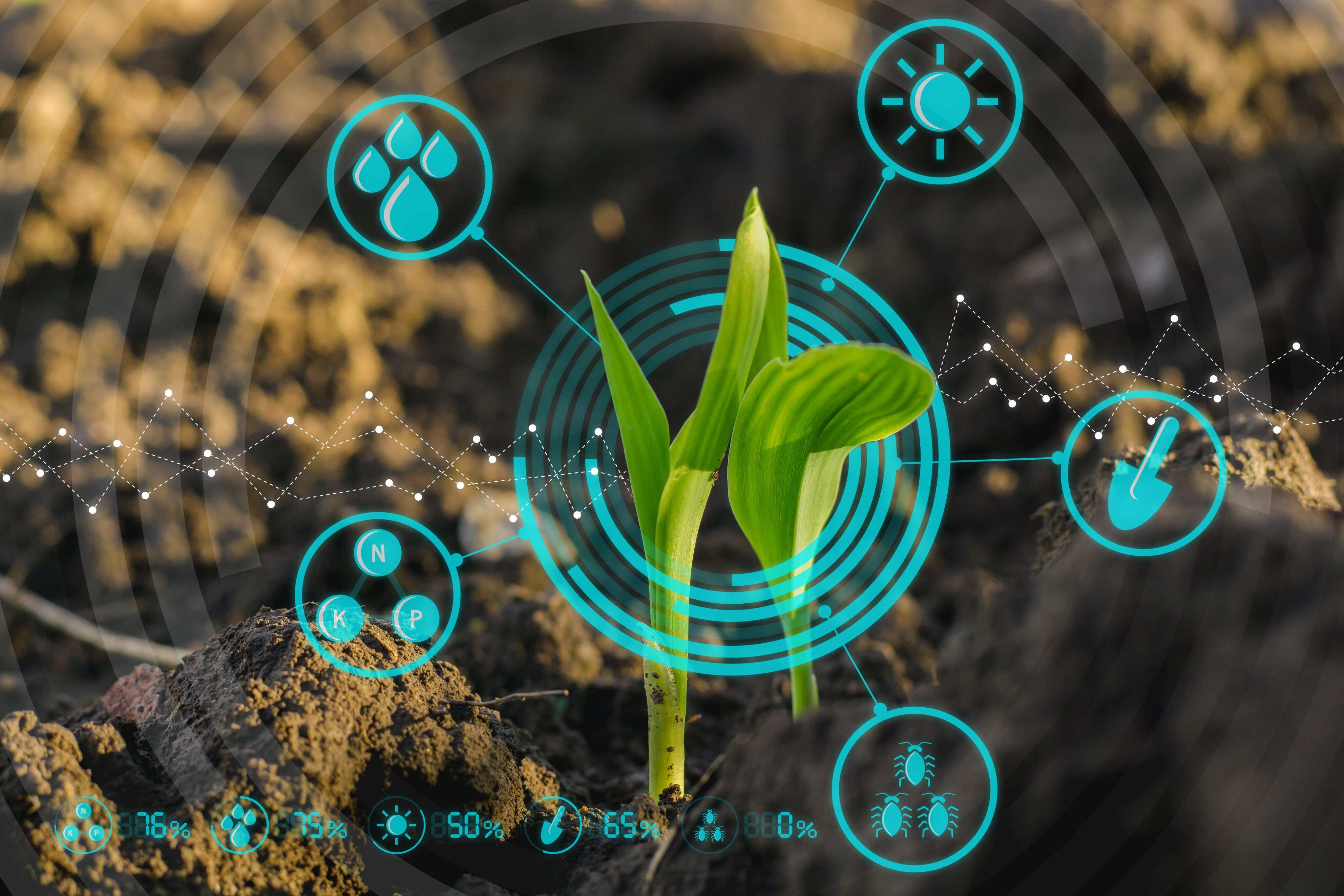A key to sustainable economy
India has set remarkable targets in the bioeconomy sector — fulfilment of which will make it an integral part of the overall economy in future

Countries are formulating and implementing bio-economy strategies to initiate a change towards a sustainable future. India is also making efforts in this direction. Recently, in the Parliament, Union Minister of State Jitendra Singh detailed the future goals of the government in this sector. As of 2019, the bio-economy in India was valued at USD 44 billion, which reached USD 80.1 billion in 2021, and is targeted to reach USD 300 billion by 2030.
What is bioeconomy?
Bioeconomy includes those parts of the economy that use renewable biological resources from land and sea. According to the Food and Agriculture Organisation (FAO), bioeconomy can be defined as the production, use and conservation of biological resources, including related knowledge, science, technology and innovation, providing information, products and processes.
The Biotechnology industry in India is based on five pillars — bio energy, bio agriculture, bio pharma, bio industry and services. Through these pillars, the government is trying to meet the challenges of the economy as well as achieve the goal of sustainable development. Jitendra Singh recently launched a special Biotech Ignition Grant call for the North Eastern Region. Also, financial assistance up to Rs 50 lakh was announced for start-ups associated with bioeconomy.
Need for bio-economy
The impact of climate change on food security, human health, migratory flows, biodiversity loss, and rising sea levels can lead to, among other things, decline in productivity and wealth creation. In this context, the bio-economy will play an important role in the fight against climate change.
Report findings
Recently, the Biotechnology Industry Research Assistance Council (BIRAC) released the Bioeconomy Report of India, 2022. India's bio-economy is expected to exceed USD 150 billion by 2025, and over USD 300 billion by 2030. The country's bio-economy has grown to over USD 80 billion in 2021, showing a growth of 14.1 per cent from USD two billion in 2020.
In the year 2021, a total of 1,128 biotech start-ups were started in India with an average of at least three start-ups every day. The number of biotech start-ups in the country has grown from 50 to over 5,300 in the last 10 years. This is expected to double to 10,000 by the year 2025.
Utility
It will be helpful in achieving various goals of sustainable development. Global population growth and over-consumption of many resources are increasing environmental pressure and climate change. Bio-economy will prove to be helpful in meeting these challenges. It aims to ensure food security and promote the use of more sustainable natural resources as well as reduce dependence on non-renewable resources. To some extent, bio-economy also helps the economy to reduce greenhouse gas emissions.
Biomass is a renewable resource but it is still limited. However, biomass can play an important role towards low carbon solutions and sourcing of products in the areas of consumer supply, energy, food and feed. In practice, there are many competing uses. Bio-based economy uses first generation biomass (crop), second generation biomass (crop refuge), and third generation biomass (seaweed, algae).
Future of bioeconomy
The transition from fossil fuels to a bio-based economy is expected to reduce our dependence on fossil fuels and achieve greater sustainability, as well as contribute to climate and environmental protection. It also harnesses the untapped potential stored within millions of tons of organic waste and residual material. In recent years, the bio-economy has also become a major focus of political and technological interest nationally and internationally.
A few days ago, Prime Minister Modi had said that India is being considered as a land of opportunities in the field of biotech. There are five reasons for that. First, diverse population and diverse climate zones; second, the talented human capital pool of India; third, increasing efforts towards ease of doing business in India; fourth, the increase in demand for bio-products in India; and fifth, India's biotech sector.
Promotional efforts
The 'National Mission on Bio-economy' was launched by the Institute of Bio-resources and Sustainable Development under the Ministry of Science and Technology in 2016. The National Biopharma Mission — 'Innovate India' 2017 — is a USD 250-million programme of the Department of Biotechnology (DBT), which aims to bring industry and academia together to promote entrepreneurship and indigenous manufacturing in biopharma. In addition, the government has approved amendments to the National Policy on Biofuels and has decided to increase biofuel production and introduce 20 per cent ethanol blended petrol from April 2023. Other sectors such as bio-agriculture including BT cotton, pesticides, marine biotechnology and animal biotechnology have the potential to quadruple the bioeconomy from USD 5 billion to USD 20 billion by 2025. The way the government is focusing on bio-economy, it is projected to be a key component of the Indian economy in the coming 20 years.
Views expressed are personal



